10+ alluvial chart
Wolfram Language function. How to make a multiset barchart.
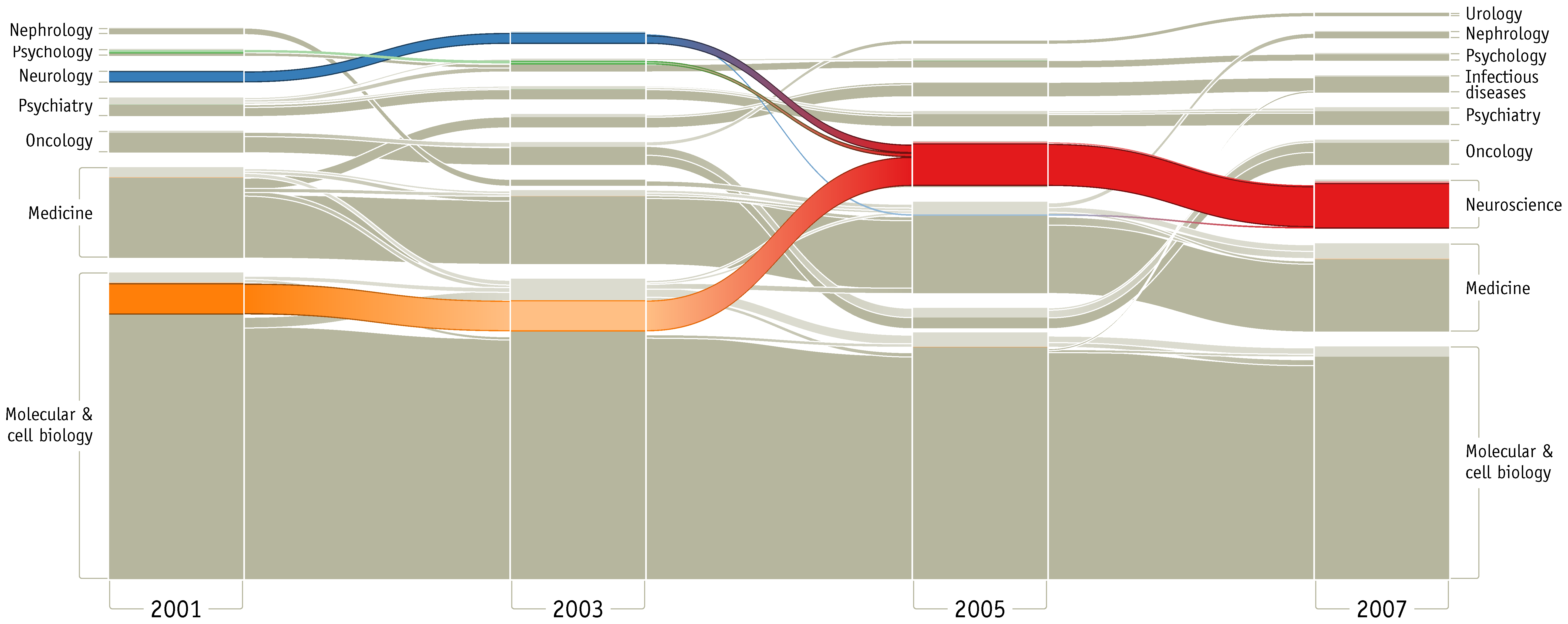
Alluvial Diagram Wikiwand
Get code examples liker alluvial chart with NA.

. The flow chart type is useful for showing changes over time across categories. Ggalluvial recognizes two formats of alluvial data treated in detail in the following subsections but which basically correspond to the wide and long formats of categorical. Alluvial understands a variety of inputs vectors lists data frames.
Alluvial plots are a form of sankey diagrams that are a great tool for exploring categorical data. Complete documentation and usage examples. How to make a sunburst diagram.
See this article for a. In allusion to both their visual appearance and their. They group categorical data into flows that can easily be traced in the diagram.
How to make a matrix plot. The visual similarities are enough to fool the experts sometimes though. Plot alluvial graph with a single line of code of a given dataframe.
This visualizer is a basic alluvial plot generator illustrating the use of gradients in category-based visualizations with a hopefully useful working example. How to make a beeswarm plot. Alluvial diagrams were originally developed to visualize structural change in large complex networks.
Download an example notebook or open in the cloud. Alluvial diagrams are a type of flow diagram originally developed to represent changes in network structure over time. The design is inspired by the alluvial package but the ggplot2 framework induced several conspicuous differences.
They group categorical data into flows that can easily be traced in the. You will need to pass your data in long format specify the. Chart changing weights over time.
A python script for generating alluvial styled bipartite diagrams using matplotlib and numpy. The geometry is similar to a stacked area chart but with spacing and order changes. Write more code and save time using our ready-made code examples.
Copy alluvialpy to your working directory and follow the syntax in the. The ggalluvial package provides the geom_alluvium and geom_stratum functions to create alluvial diagrams in ggplot2. In this guide youll learn how to create.
Alluvial plots are a form of sankey diagrams that are a great tool for exploring categorical data. Alluvial produces both the alluvia which link cohorts across multiple dimensions and what are here called the strata which partition the data along each dimension in a single function. At the time of writing for example the Tableau Sankey chart feature actually produces a very colorful.
Longnarrow data automatically transforms numerical to. They can be used to visualize any type of change in group composition between. Support for wide and long data format wiki wide vs.

Visualizing Categorical Data As Flows With Alluvial Diagrams Digital Splash Media Data Visualization Design Data Design Diagram Design

Stacked Area Alluvial Diagram Xenographics サンキーダイアグラム データの可視化 分析

Frontiers Serial Analysis Of The T Cell Receptor B Chain Repertoire In People Living With Hiv Reveals Incomplete Recovery After Long Term Antiretroviral Therapy
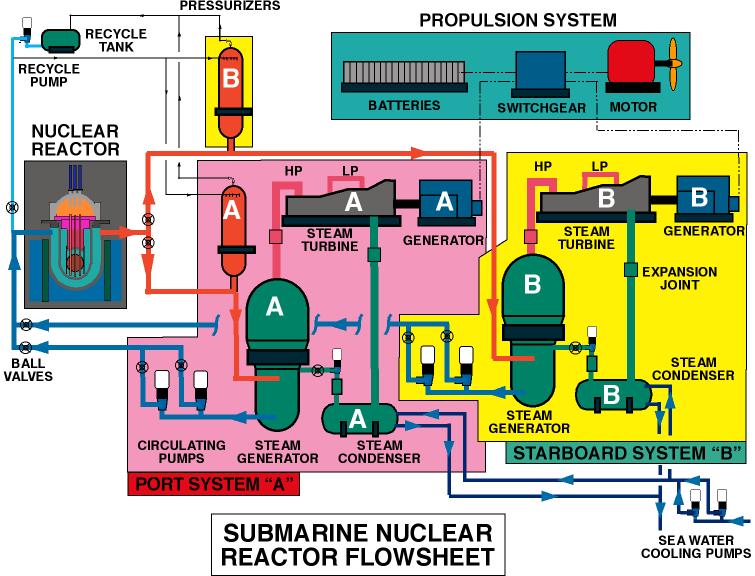
Flow Diagram Wikiwand
Visualizing Flow Data In Stata Statalist
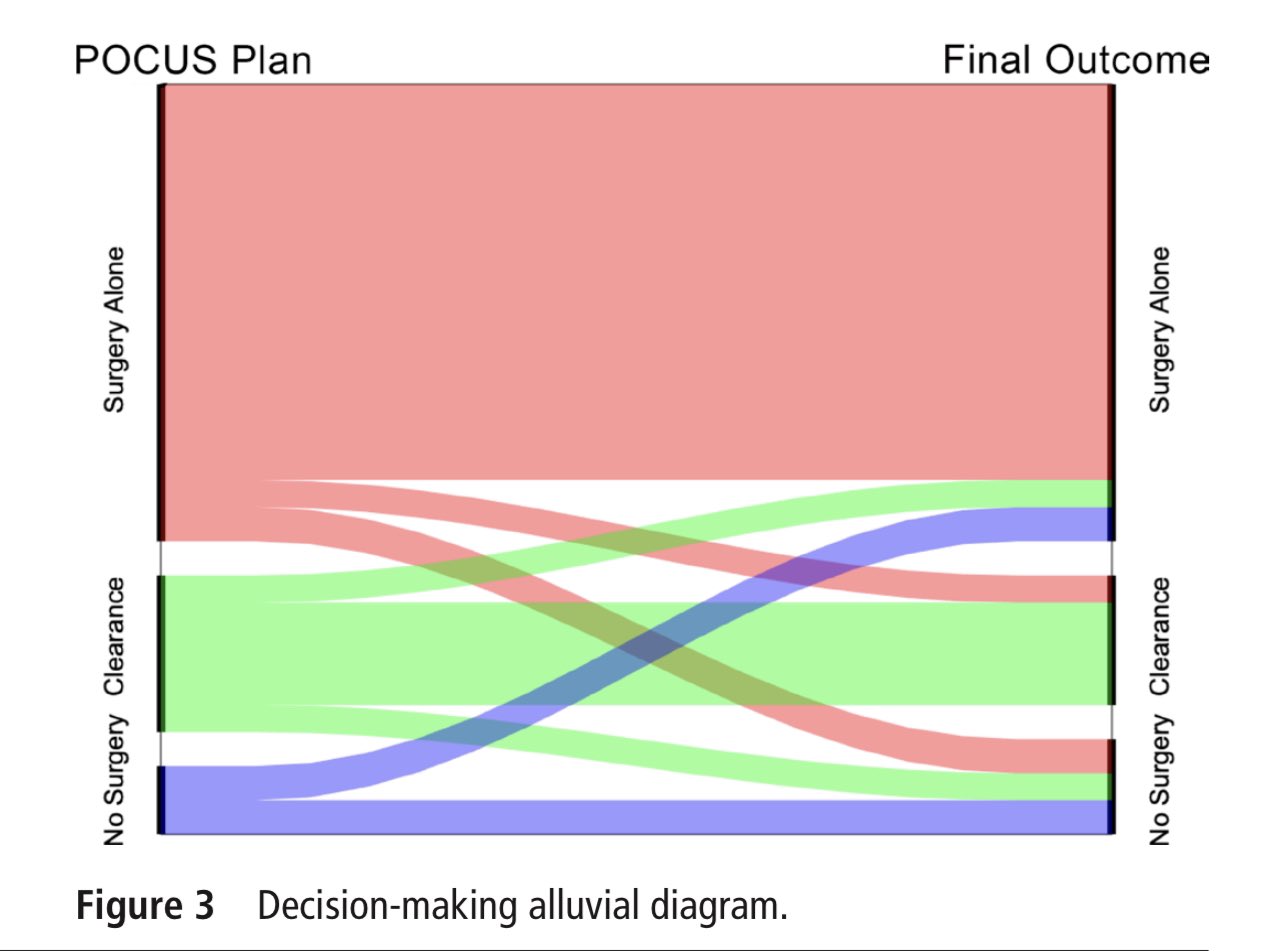
Rob Leeper Rob Leeper Twitter
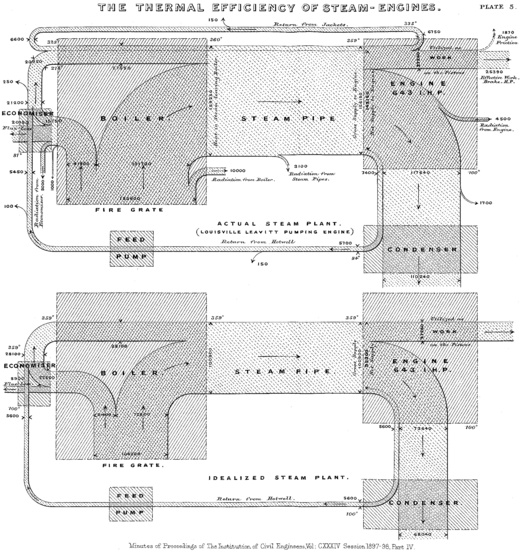
Sankey Diagram Wikiwand

Alluvial Diagram Sorted By Color On The Left And Right Diagram Design Data Visualization Infographic Design

Sankey Diagram Wikiwand

Alluvial Diagram Chosen For Beautiful Color Infographic Examples Infographic Data Visualization Design

Color Palettes Carbon Design System
Sankey Charts In Tableau The Information Lab
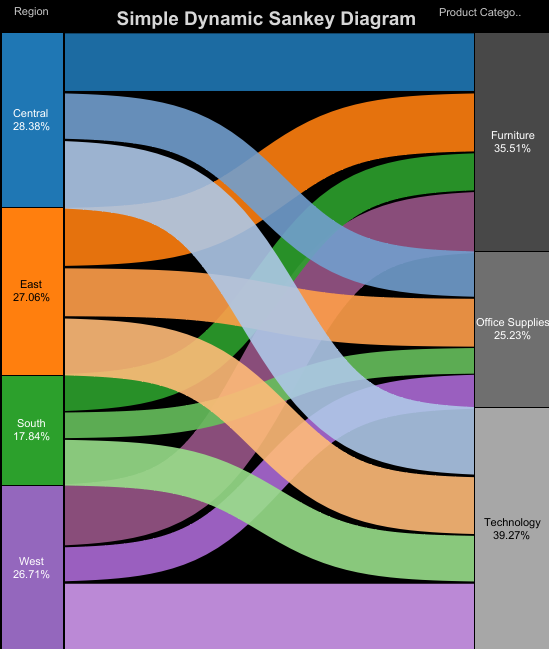
Sankey Charts In Tableau The Information Lab

Chapter 45 Introduction To Interactive Graphs In R Edav Fall 2021 Tues Thurs Community Contributions
Sankey Charts In Tableau The Information Lab

Cenozoic Depositional Evolution Part Iii The Gulf Of Mexico Sedimentary Basin

Alluvial Diagram Data Viz Project Data Visualization Data Visualization Map Data